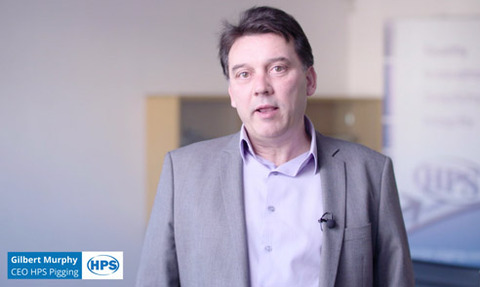
Here’s something you might not be aware of. In the last few days you’ve probably eaten, drunk, sprayed on, touched, cleaned with, washed with, brushed with, or in some other way used, a product that’s been ‘pigged’.
That’s because a huge range of processes use pigging.
More correctly known as liquid product recovery, everything from ready meals, sauces, dips, chocolates, wines and soft drinks, to paints, cosmetics, toothpastes, soaps, oils, solvents, glues and many other liquids, get pigged during their production.
HPS, a global specialist in process pigging and liquid transfer technology, has produced a short, easy to understand video which explains why so many companies that pump liquids include pigging systems in their processes.
So if you pump liquids and are not pigging, says the company, you probably should be.
Pigging means you can produce more for less, and produce it faster. Because of this, pigging systems deliver a high return on investment.
The systems work by sending a special projectile (the ‘pig’) through your pipeline. The pigs themselves are highly specialist devices, but briefly, because they are an interference fit with the inside of the pipeline, they push residual product to its destination (tank, packaging, storage, whatever).
Pigging means you can produce more for less, and produce it faster. Because of this, pigging systems deliver a high return on investment
In this way the product is salvaged and can be packaged, used or sold just like all the other product – instead of being flushed to waste.
If you’re at capacity and need extra output, if you need to lower your flush waste, save water and chemicals, or reduce your downtime between batches, a pigging system is the answer, says HPS.
And because pigging saves so much waste, it’s also great for the environment and a company’s sustainability credentials.
To watch the HPS video and learn more about the benefits of pigging, click here.




